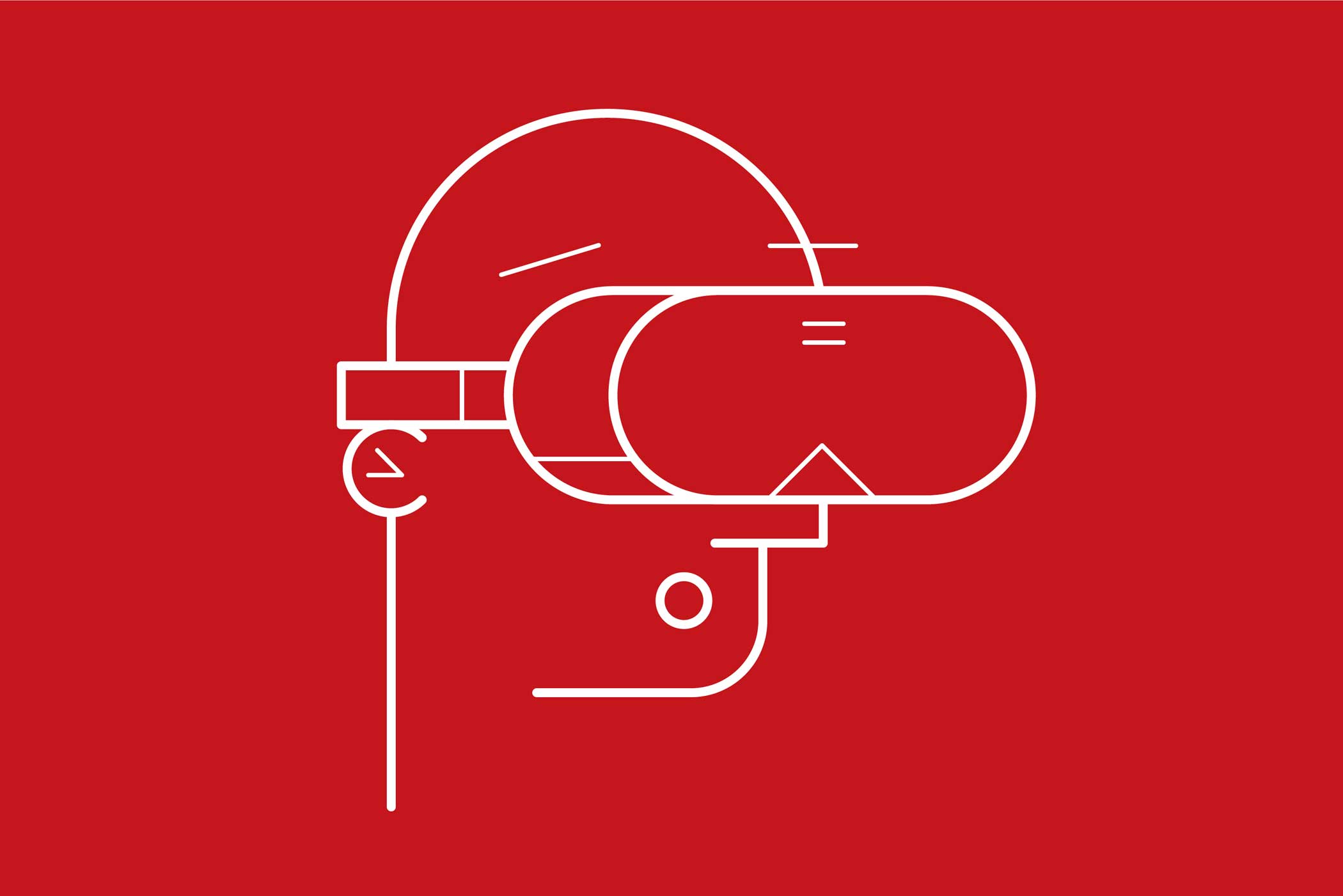
Among the hottest trends in technology these days are virtual reality, or VR, and its cousin, augmented reality, or AR. VR devices like the Oculus Rift give wearers the illusion of being in an entirely digital universe, whereas AR gadgets like Microsoft’s HoloLens overlay computer graphics on the wearer’s physical environment.
The latest development in this exciting space is the acceleration of “virtual personal computing,” in which the entire PC experience is based around VR or AR. Instead of interacting with a computer or smartphone via a mouse, keyboard or touch inputs, virtual personal computing calls for doing so with your voice, hand gestures or a digital keyboard you might only see while wearing special goggles.
One example of this concept is Intel’s Project Alloy, which packs a PC’s worth of components into a headset that can be used as a virtual computer. The idea is that instead of carrying a laptop or tablet, your glasses might deliver the PC experience virtually instead. Just put on some goggles, and a digital keyboard and mouse would appear in front of you, allowing you to write documents or enter data. (Voice recognition could make this even easier.)
If you have used any recently released VR or AR technology, you know they can be useful for playing games or more productive tasks, like previewing a house you might like to buy. But using them to create a virtual PC for real productivity could be transformational, opening the door to new, difficult to predict modes of computing.
For most of us, the only computing setup we have known is a PC that includes a monitor, keyboard and mouse. We cut our computing teeth on this model, and while the PC designs of the past have morphed into jazzy all-in-ones and ultra-thin laptops and tablets, the basic concept of using a physical or real screen, keyboard and mouse or trackpad is still the same.
From what I can see coming from those pushing the AR/VR computing experience, they’ll bring something real to the table within the next three years. However, this raises an interesting question for those of us who have only used a traditional PC for most of our lives: Could we actually make the switch and have a virtual PC replace our “real” computers?
That may be an easier leap for younger users, who have shown time and time again they’re willing to leap to new and seemingly strange technologies if they find some value there. But I wonder if us computing veterans will be able to accept, adapt and embrace virtual PCs. There’s no doubt in my mind that VR and AR will allow for better video games and power interesting new communications platforms. And virtual PCs may indeed be the next generation’s first introduction to computers. But that shift, as with any profound change, will certainly take some time.
Tim Bajarin is recognized as one of the leading industry consultants, analysts and futurists, covering the field of personal computers and consumer technology. Mr. Bajarin is the President of Creative Strategies, Inc and has been with the company since 1981 where he has served as a consultant providing analysis to most of the leading hardware and software vendors in the industry.
More Must-Reads From TIME
- The 100 Most Influential People of 2024
- The Revolution of Yulia Navalnaya
- 6 Compliments That Land Every Time
- What's the Deal With the Bitcoin Halving?
- If You're Dating Right Now , You're Brave: Column
- The AI That Could Heal a Divided Internet
- Fallout Is a Brilliant Model for the Future of Video Game Adaptations
- Want Weekly Recs on What to Watch, Read, and More? Sign Up for Worth Your Time
Contact us at letters@time.com